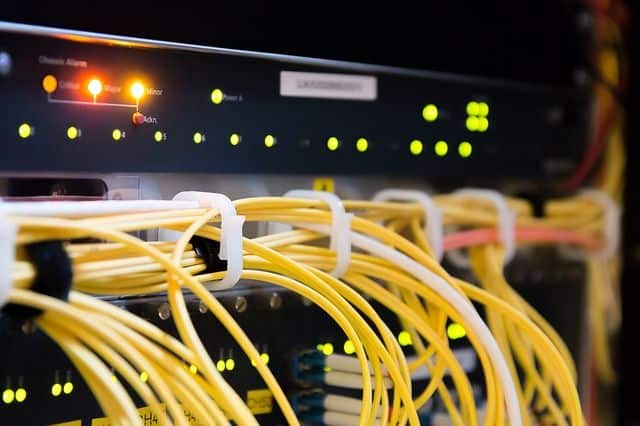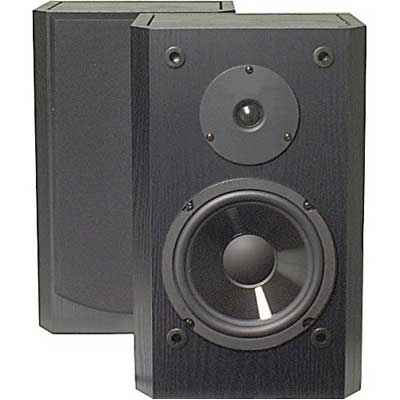Mastering the Art of the 3D Printing Process
Begine on a curiousity to to master the art of the 3D printing process! 3D printing, also known as additive manufacturing, brings digital designs to life by creating three-dimensional objects layer by layer. This innovative technology utilizes computer-aided design (CAD) to craft objects with precision and efficiency.
Through the sequential deposition of materials, a 3D printer carefully builds objects from the ground up, transforming virtual designs into tangible realities. From blueprint to final product, the process of 3D printing offers a interesting glimpse into the future of manufacturing and design. Join us as we explore the intricate world of 3D printing and open up the potential of this state-of-the-art technology.
3D Printing Process Overview
In the 3D Printing Process Overview, 3D printing, also known as additive manufacturing, utilizes computer-aided design (CAD) to create objects by layering materials. The process involves the use of a 3D printer to lay down sequential layers of material until the object is formed. This method is commonly employed in manufacturing and automotive industries for creating intricate and precise components.
| 3D Printing | Additive Manufacturing |
|---|---|
| Utilizes CAD for design | Utilizes sequential layering |
| Commonly used in manufacturing | Creates precise components |
The 3D Printing Process Overview begins with a virtual design, or blueprint, that is then translated into slices. The printer progressively builds the object by depositing material layer by layer. This approach allows for the automatic printing of complex 3D CAD drawings with high accuracy and detail, revolutionizing traditional manufacturing processes.
Definition of 3D Printing
3D printing, at its core, transforms digital designs into tangible, physical objects through an additive manufacturing process. This innovative method involves building up layers of material to construct a three-dimensional product, offering endless possibilities for customization and creation.
By utilizing computer-aided design (CAD) software, 3D printing enables the precise layer-by-layer fabrication of a wide range of items, from prototypes to final products. This approach fosters creativity and efficiency in manufacturing, allowing for rapid iteration and production of complex geometries.
Layer-by-Layer Creation
The Layer-by-Layer Creation process is fundamental in 3D printing, as it involves building objects by adding one layer at a time. This meticulous method ensures precision and detail in the final product, allowing us to create intricate designs and complex geometries with ease. By steadily adding layers on top of each other, we can bring digital models to life in the physical world, making the manufacturing process efficient and cost-effective.
Each layer in the 3D printing process contributes to the in general structure of the object, leading to the gradual formation of a complete and seamless creation. This layering technique enables us to control different aspects of the final product, such as strength, flexibility, and texture, by adjusting parameters for each layer. The Layer-by-Layer Creation approach revolutionizes traditional manufacturing methods, offering endless possibilities for innovation and customization in diverse industries.
Key Components of 3D Printing
When diving into the world of 3D printing, understanding the Key Components is necessary. Additive manufacturing involves computer-aided design (CAD) where objects are created by layering materials. The intricate 3D printer precisely lays down sequential layers until the object is complete.
Components
| Description | |
|---|---|
| CAD Software | Used to create the virtual design or blueprint of the object. |
| Material Jetting | Technique where slices are constructed by jetting material onto existing layers. |
Material Deposition
Material deposition is a necessary aspect of the 3D printing process, where materials are precisely placed layer by layer to create the final object. This meticulous deposition of materials enables us to control the shape, structure, and quality of the printed item with great accuracy. Different types of materials can be used in this process, including plastics, metals, ceramics, and even food ingredients, giving us a wide range of options for creating diverse objects.
Object Creation and Slicing
Object creation in 3D printing involves transforming a digital model into a tangible three-dimensional object layer by layer. This additive manufacturing process builds objects by depositing material in sequential layers until the entire creation is formed.
Slicing plays a necessary role in 3D printing, as it involves dividing the digital model into numerous thin slices. These slices are then printed out layer by layer from the bottom up, resulting in the complete physical object.
Conclusion
Mastering the art of the 3D printing process involves understanding the intricacies of additive manufacturing, computer-aided design (CAD), and layering materials to bring digital models to life. With each sequential layer carefully deposited by the 3D printer, objects are created with precision and efficiency.
From virtual design to the blueprint stage, the 3D printing process revolutionizes object creation by breaking it down into slices and material jetting. Post-processing techniques further improve the final product, showcasing the power of automatic printing and 3D CAD drawings in the place of manufacturing and beyond.
Ready to explore into deeper into the world of 3D printing?
Take the next step by exploring advanced material deposition methods, optimizing your printing parameters, and unleashing your creativity through innovative 3D printing applications.




